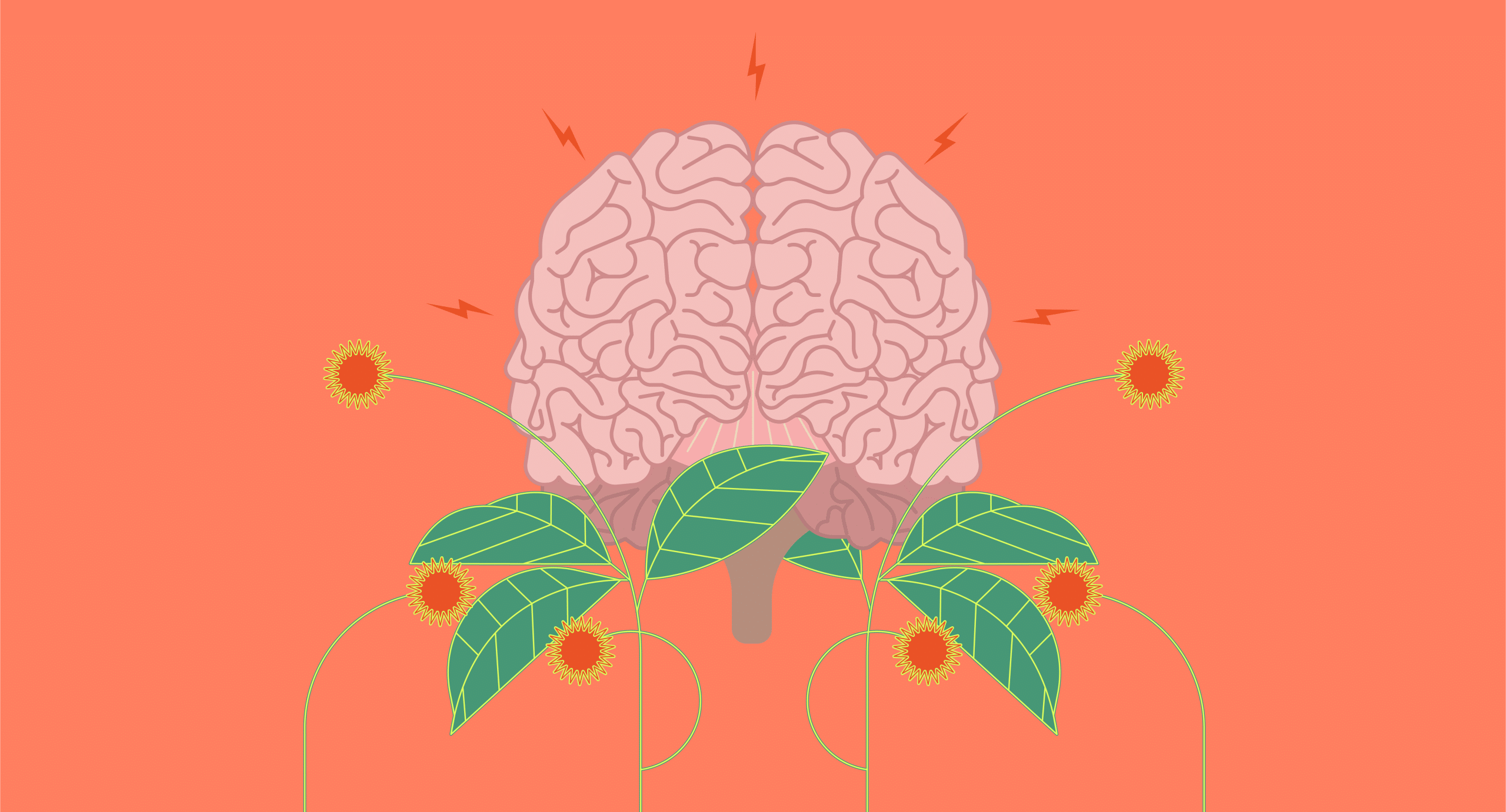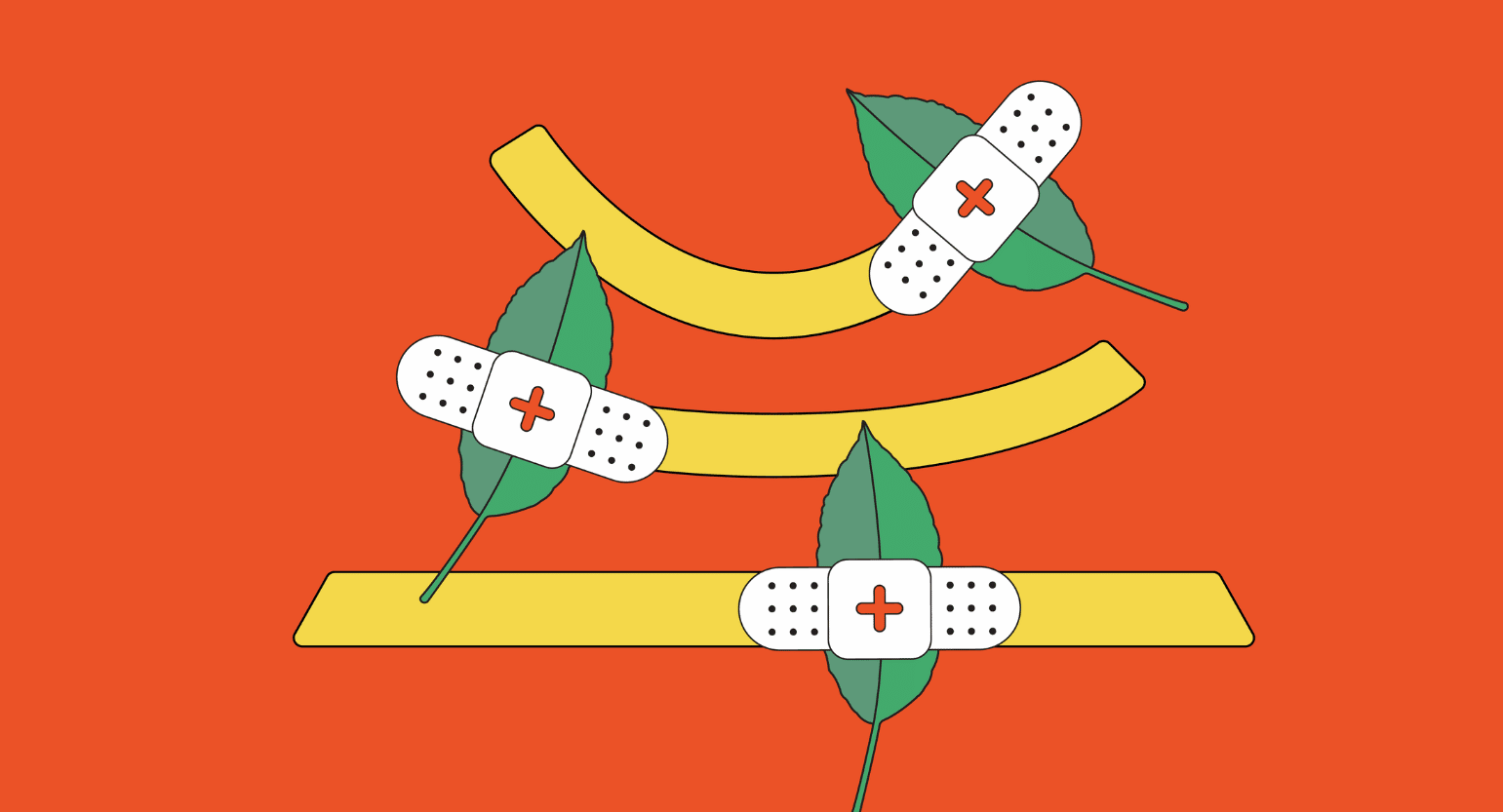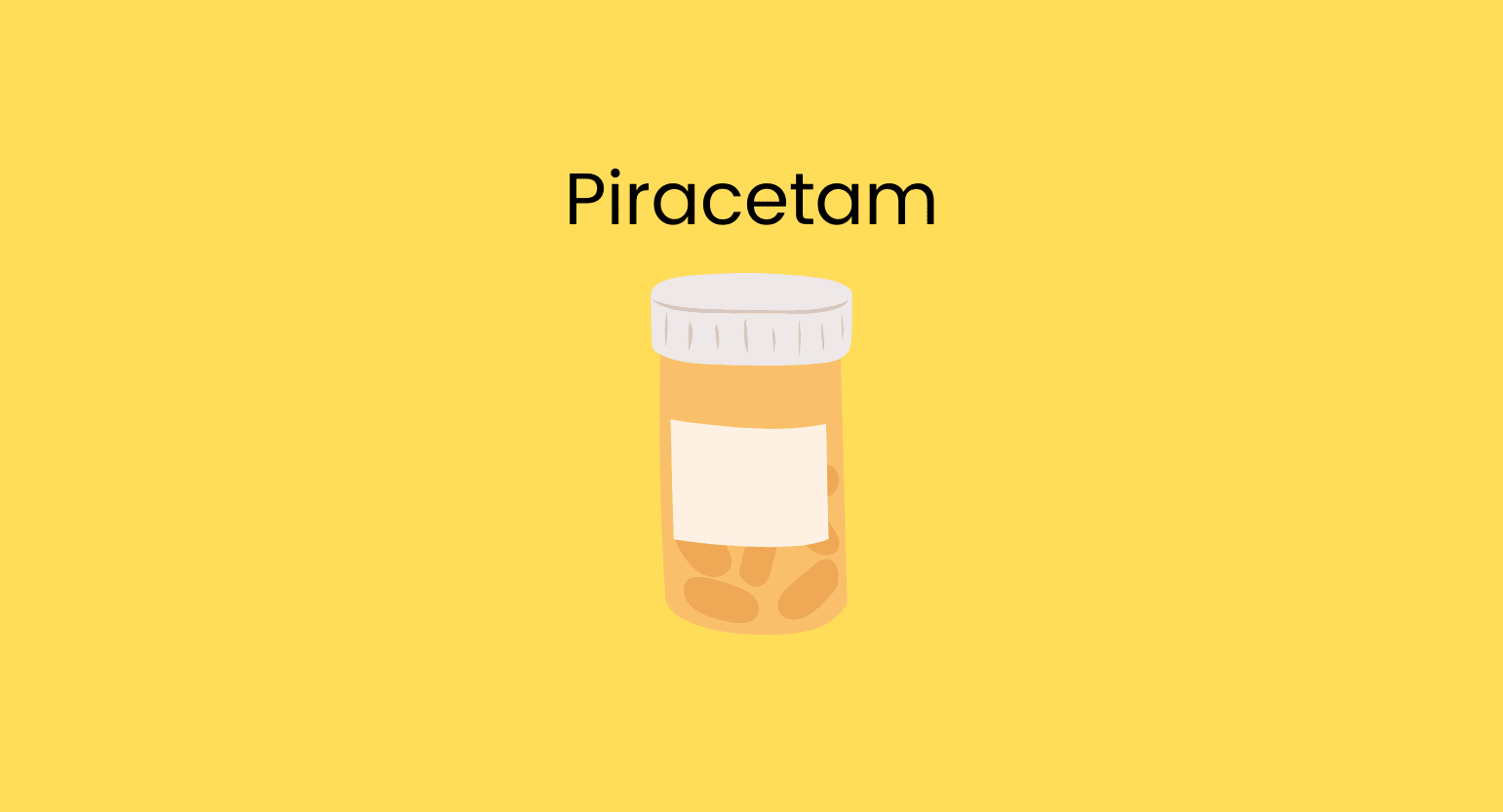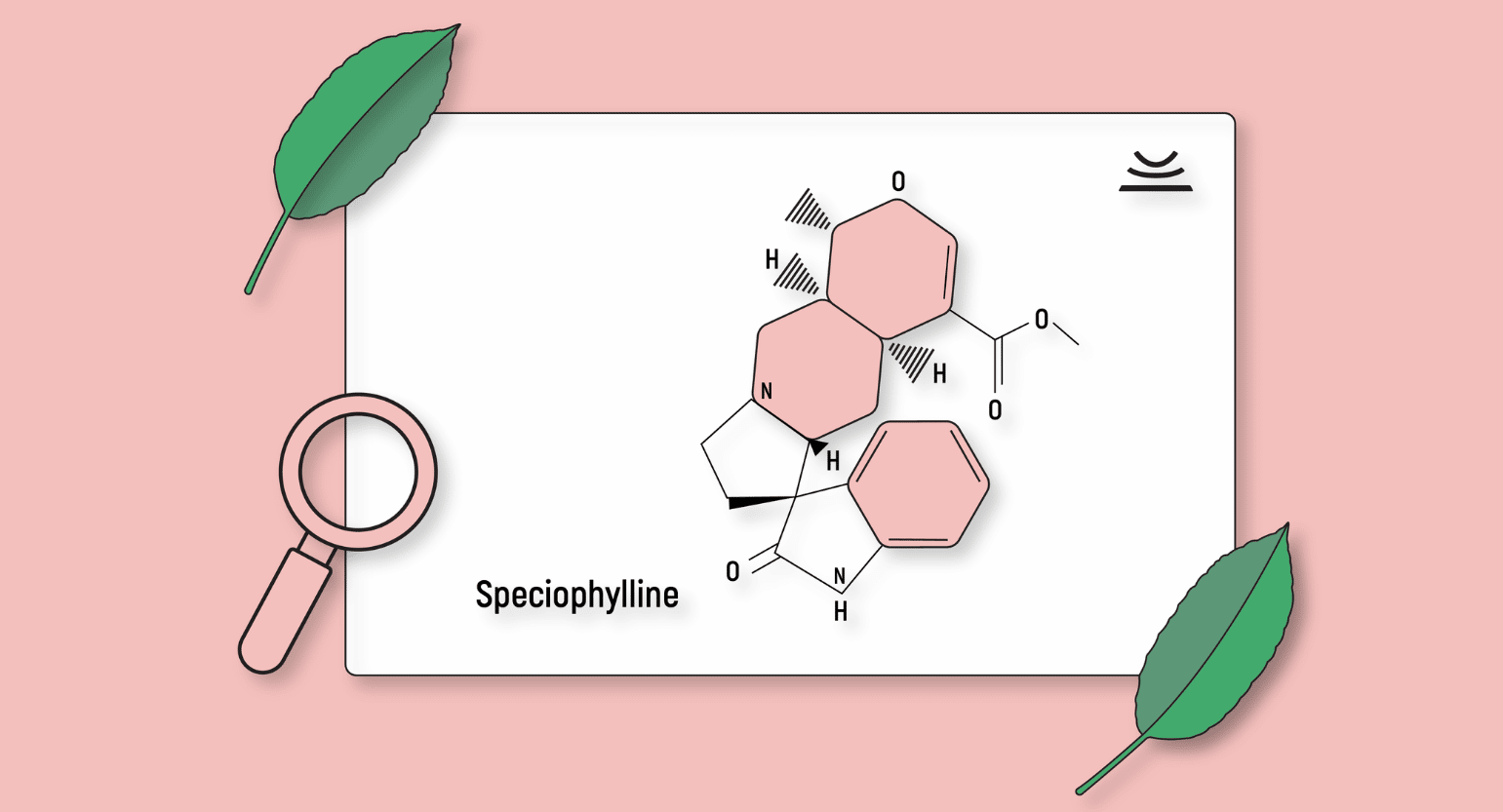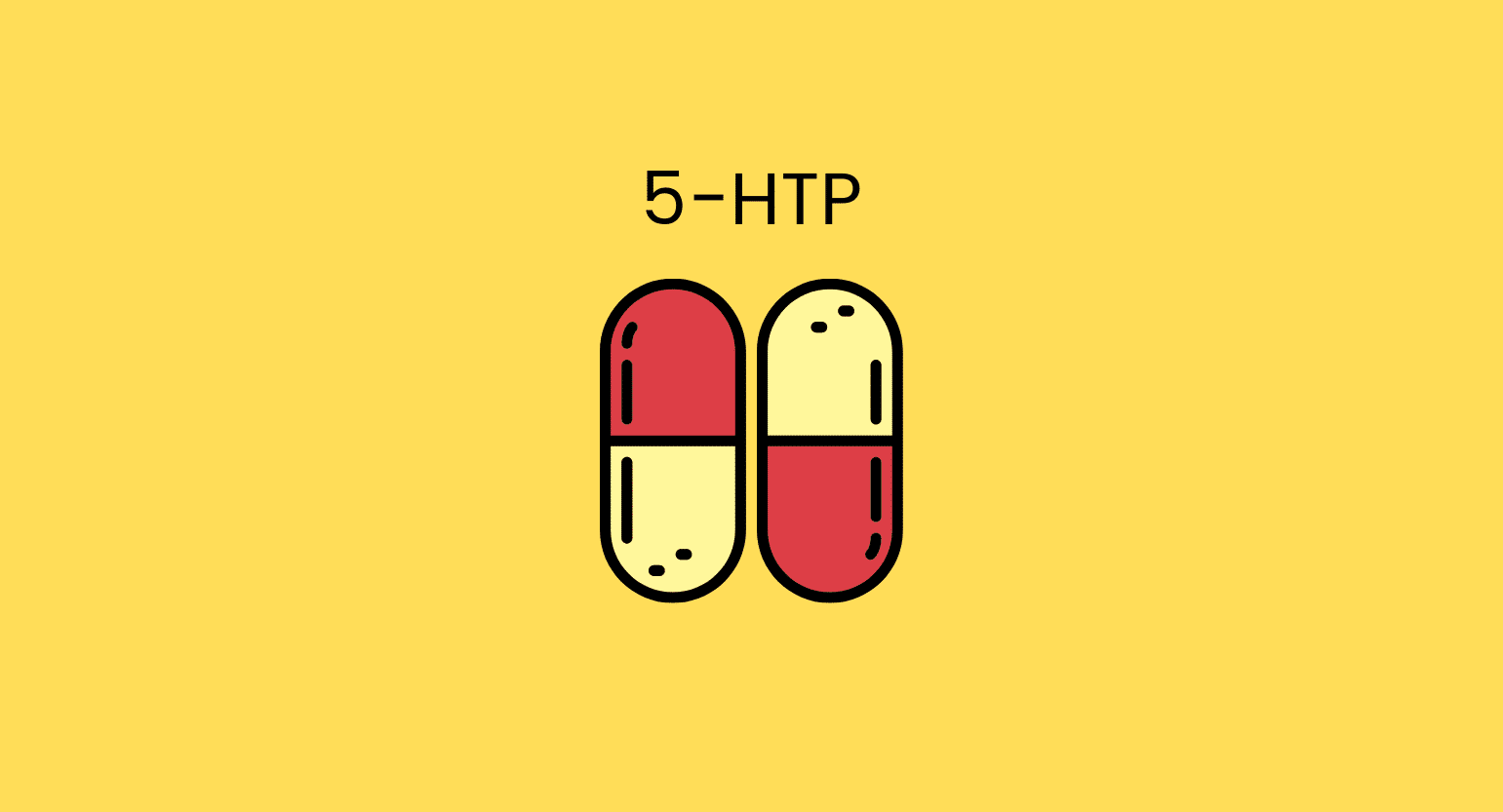What Is the Purpose of Pain?
This might sound strange, but, as a society, we dislike pain so much that we take it for granted. The pain response is a very sophisticated structure in our bodies, and it serves one primary purpose: to protect us!
Just think about it for a second: what would it be like if we could magically remove the pain response from our daily lives? Sure, we would avoid the minor, annoying sorts of pains that stem from whacking your toes against a hard surface or something like that. We could reasonably expect many people would finally achieve some much-needed relief from chronic pain. However, these benefits would pale in comparison to the adverse effects.
Without pain, realizing something wrong with our bodies would be much more complicated. You could touch a scalding hot surface and suffer tremendous tissue damage because you’d never know it. You could worsen injuries because it would take you far longer to realize something was wrong with your body. All conditions would become far deadlier because the symptoms that make people seek treatment would go ignored.
So, as you can see, pain is essential. We can think of it as a signal from our body to our brains alerting us that something is wrong — a defense mechanism.
How Does the Pain Response Work?
In general terms, the pain response works similarly to other sensations like smell or touch. Specific pain-related receptors — called nociceptors — are in the skin, superficial tissues, and virtually all organs except the brain. They work to pick up stimuli (usually tissue damage) and then send a signal to the spinal cord that is then relayed to the brain.
The brain interprets this signal as pain, localizes it, and then sends back instructions for the body to react. Essentially, nociceptors are the nerve endings of the pain pathway.
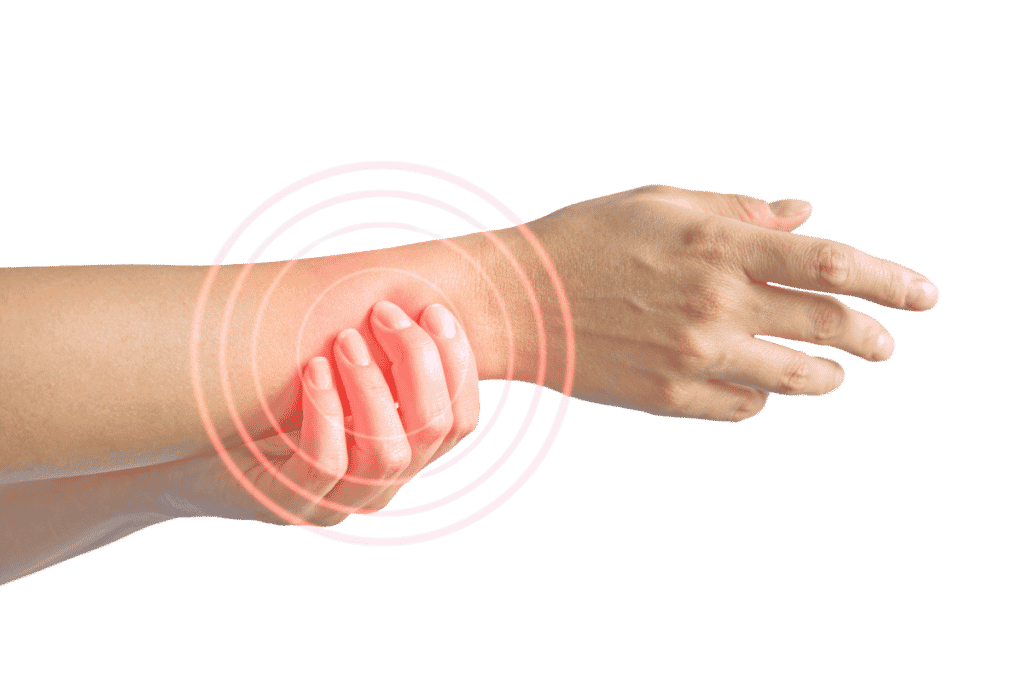
The axons of these nociceptors can be myelinated (A-type) or unmyelinated (C-type). The pain signal travels much faster in A-type nociceptors than in C-type nociceptors. A-type receptors are responsible for the sharp pain perceived at the time of injury, whereas C-type receptors are responsible for a duller, diffused, and longer-lasting type of pain. Also, two major pathways carry pain signals from the spinal cord to the brain — the spinothalamic tract and the spinoreticular tract.
There is still much we don’t know about the pain response, but the primary insight we’ve gleaned is that pain does not go straight from the source to the brain. Instead, it has to pass through a sort of “gate” in the spinal cord. This realization has led to a lot of speculating about the many different ways in which that spinal cord gate could be influenced and the effects that could have on pain treatment and management.
For instance, researchers have posited that both the brain and the central nervous system could be involved in regulating the spinal cord gate, which would imply that both the brain and the peripheral nerves have a significant role in creating the pain response than initially thought.
Recent discoveries have helped create a more informed perception of how the pain signal is constructed in the body. For example, different types of nociceptors signal different types of pain. The nociceptors that handle pain stemming from a punch differ from those that manage temperature-related pain like a burn.
The Different Types of Pain
Pain is hard to classify because even though it is a real and tangible thing caused by structures in your body, its experience is highly subjective. People have different pain thresholds, making it hard to construct an objective metric for pain intensity.
However, doctors have had more luck when it comes to classifying pain into distinct types.
There are three basic types of pain:
- Somatic pain is the superficial pain felt in the skin or on the soft tissues just beneath the skin
- Visceral pain refers to the type of pain that originates in the internal organs and the lining of cavities in the body
- Referred pain is the pain a person can experience in a place different from the source of the tissue damage. For example, people often feel pain in their shoulder or arm during a heart attack.

Aside from these three primary classifications, pain is also registered as acute or chronic. Acute pain is usually intense and short-lived and happens close to or at the time of injury. On the other hand, chronic pain can last far longer than acute pain, and it is generally of lower intensity. Chronic pain is usually associated with long-lasting conditions, so it usually recurs multiple times during a person’s life if the source is left untreated.
Common Pain Relief Options
There are many ways to relieve pain, but it’s vital to find its source first. As we previously mentioned, pain is usually there for a reason. If you ignore it or cover it up without treating the problem, the situation will get worse.
That said, here’s a list of ways to treat pain.

Over-the-Counter Pain Relievers
For moderate pain like headaches, sore muscles, and minor injuries, over-the-counter (OTC) medications do fine. This includes drugs like acetaminophen, ibuprofen, and aspirin. Dosage varies, and each comes with warnings and side effects.
Prescription Pain Relievers
These are used for more severe or long-lasting pain, such as following surgery or serious injuries. This includes various opioids, such as oxycodone, codeine, morphine, fentanyl, and hydrocodone. These are very powerful and addictive, so use them with care.
Natural Pain Relievers
Because of the side effects associated with many OTC and prescription medications, many people turn to more natural ways to treat pain. However, it’s important to note that ‘natural’ doesn’t mean ‘risk-free.’ Many of these kinds of treatments require care and some knowledge.
1. Turmeric
Turmeric is common as a seasoning (the reason for curry’s yellow coloring), but it is also an excellent supplement for all kinds of health benefits — including pain relief. Turmeric and its main compound, curcumin, show anti-inflammatory, antioxidant, and antiapoptotic properties [2]. Some studies even suggest it activates opioid receptors [3].
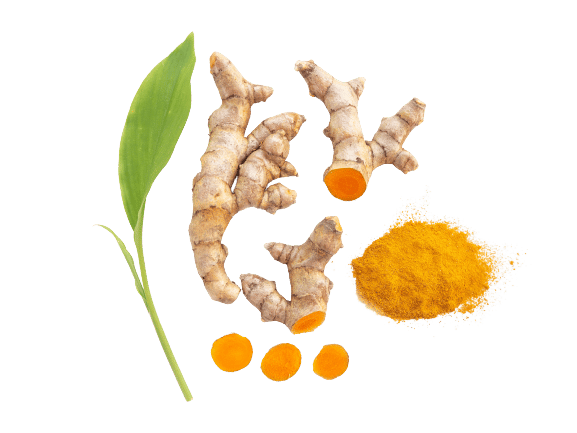
2. Yoga
While yoga promotes health through the mind and body, it’s not a medication. However, research shows it can relieve pain in multiple ways [4].
Yoga causes physiological changes affecting pain, such as reducing inflammatory and stress markers, increasing flexibility, strength, and circulation, and decreasing the sympathetic system’s activity.
It also can cause a person to make behavioral changes that help with pain, such as promoting relaxation, acceptance, and sociability.
Psychological adjustments are another way yoga can help. Yoga helps increase positive emotions and awareness of mental and physical states [5].

3. White Willow Bark
White willow contains salicin, which was used to make aspirin (acetylsalicylic acid) [6]. While it’s mostly used for its anti-inflammatory effects, the bark’s other compounds provide antioxidant, fever-reducing, antiseptic, and immune-boosting benefits. Though similar to aspirin, they are not the same. Willow bark causes fewer adverse effects and doesn’t seem to impact blood clotting.

4. Cat’s Claw
Cat’s Claw comes from the Amazon rainforest and other South American areas and has been used for over 2,000 years as medicine. Its alkaloids can help with inflammation and pain by reducing prostaglandin production, but it’s also antiviral, immunostimulating, antirheumatic, and has anti-cancer properties [7].

5. Kratom
Mitragyna speciosa, the kratom plant, has powerful analgesic properties that can successfully treat bouts of pain.
Kratom’s main alkaloids are opioid receptor agonists, meaning kratom shares similar properties with opioids. Some studies show one of those alkaloids — 7-hydroxymitragynine — can be as potent as morphine [8].
If you decide to try kratom, don’t forget to get a red kratom strain specifically. Kratom comes in three main types of strains, and they all emphasize a different aspect of the kratom spectrum. Red-vein kratom strains best provide the analgesic benefits you’re looking for.
The top strains for pain relief include:
The dose is also essential and will depend on many factors, including your pain level. Check out our dosage guide for more information.

Conclusion: Pain Is Important
Hopefully, this article has helped dispel your doubts about why the pain response exists and how it functions in the body. Pain is a critical aspect of our lives, and you would do well not to ignore it. Remember: pain is a signal that something is wrong. Whenever you experience pain, rule out any significant threats to your health before you try and tough it out or cover it up.
Fortunately, there are many ways to treat pain once you know the source. With a bit of research, you can find something that suits your needs. Just remember — many drugs, even natural ones, interact with each other, so make sure you use them wisely.
- Cervero, F. (1995). What is a nociceptor-specific (class 3) cell?. Pain, 62(1), 123-124.
- Razavi, B. M., Ghasemzadeh Rahbardar, M., & Hosseinzadeh, H. (2021). A review of therapeutic potentials of turmeric (Curcuma longa) and its active constituent, curcumin, on inflammatory disorders, pain, and their related patents. Phytotherapy Research, 35(12), 6489-6513.
- Banafshe, H. R., Hamidi, G. A., Noureddini, M., Mirhashemi, S. M., Mokhtari, R., & Shoferpour, M. (2014). Effect of curcumin on diabetic peripheral neuropathic pain: possible involvement of opioid system. European Journal of Pharmacology, 723, 202-206.
- Fishman, L., & Saltonstall, E. (2008). Yoga in pain management. In Integrative Pain Medicine (pp. 259-284). Humana Press.
- Wren, A. A., Wright, M. A., Carson, J. W., & Keefe, F. J. (2011). Yoga for persistent pain: new findings and directions for an ancient practice. Pain, 152(3), 477.
- Vlachojannis, J., Magora, F., & Chrubasik, S. (2011). Willow species and aspirin: different mechanism of actions. Phytotherapy Research, 25(7), 1102-1104.
- Erowele, G. I., & Kalejaiye, A. O. (2009). Pharmacology and therapeutic uses of cat’s claw. American journal of health-system pharmacy, 66(11), 992-995.
- Kikura-Hanajiri, R., Kawamura, M., Maruyama, T., Kitajima, M., Takayama, H., & Goda, Y. (2009). Simultaneous analysis of mitragynine, 7-hydroxymitragynine, and other alkaloids in the psychotropic plant “kratom”(Mitragyna speciosa) by LC-ESI-MS. Forensic toxicology, 27(2), 67-74.

